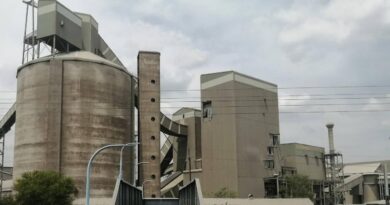New way to explore for rare earth metals
Geologists and materials scientists at Friedrich-Alexander Universität Erlangen-Nürnberg (FAU) have discovered a new way of finding new and previously unknown deposits of rare earth metals, worldwide. They have published the findings of their study in the journal Geology.
Rare earth metals are irreplaceable for manufacturing advanced high-tech industrial products due to their luminescent and catalytic properties. They are used to make permanent magnets that are a vital part of modern electronics in televisions, smartphones, notebooks, jet engines, and rocket guidance systems as well as in solar and wind power plants, electric motors and in medical engineering.
Contrary to what their name might suggest, sources of rare earth elements or rare earth metals are distributed fairly equally all over the world. However, there are only very few sources that are economically viable.
FAU geologists Dr. Sönke Brandt, Prof. Dr. Reiner Klemd, Marc Fassbender and Prof. Dr. Karsten Haase have now discovered an indicator that can identify such deposits. The researchers discovered that fayalite crystals (pictured) can contain large amounts of heavy rare earth elements. Fayalite can be found worldwide in igneous rock and abyssal rocks.
They inspected rock samples from the Vergenoeg fluorite mine in South Africa and discovered that fayalite crystals in the sediment of granite-like magma can contain large amounts of heavy rare earth elements. The mineral, which is reddish brown to black in color, is mainly mined for use as a gemstone and is also used for sand blasting. Fayalite can be found worldwide in igneous rock and abyssal rocks.
“Since heavy rare earth elements are becoming increasingly scarce on the world market, the discovery of fayalite as a new potential source for locating new deposits of rare earths is extremely important for the economy,” said Prof. Dr. Reiner Klemd from Geozentrum Nordbayern at FAU, who led the study.
Fayalite (Fe2SiO4) with extraordinary high heavy REE (HREE) contents in ultramafic cumulates of the Vergenoeg F-Fe-REE deposit (South Africa) provides the unique opportunity to study REE systematics in olivine. Although currently mined for fluorite, Vergenoeg is also a significant REE resource.




